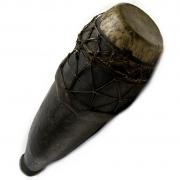 Dabakan Dabakan
|
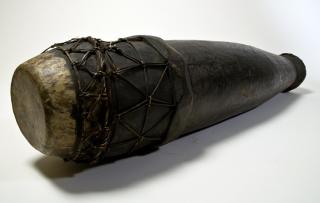 Hornbostel-Sachs classification: 211.261.2 |
|
|
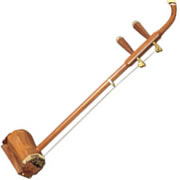 Dahu Dahu
|  |
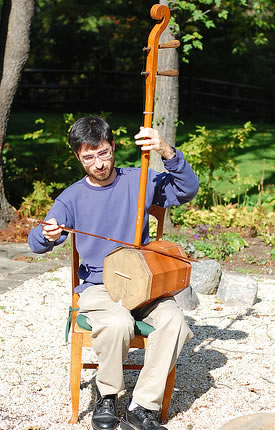 |
|
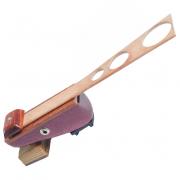 Daxophone Daxophone
| 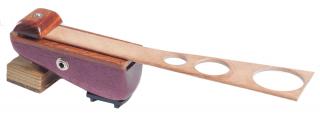 Hornbostel-Sachs classification: 132.1 |
|
|
Dàn bau
| 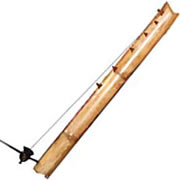 |
|
|
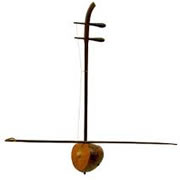 Dàn gáo Dàn gáo
| 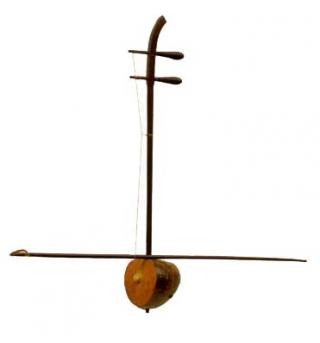 |
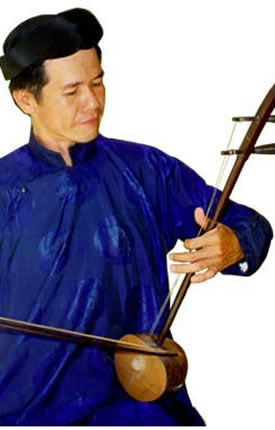 |
|
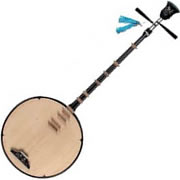 Dàn nguyet Dàn nguyet
| 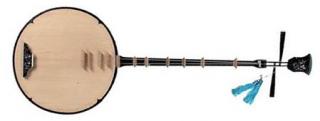 |
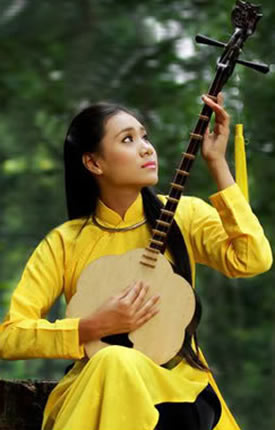 |
|
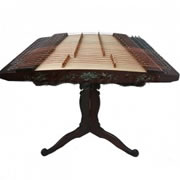 Dàn tam thap luc Dàn tam thap luc
| 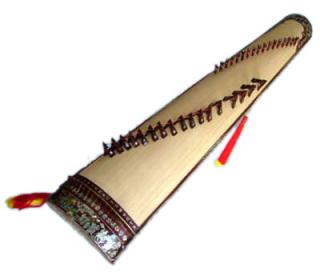 |
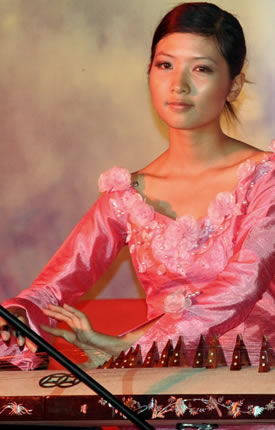 |
|
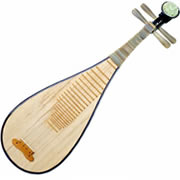 Dàn tỳ bà Dàn tỳ bà
| 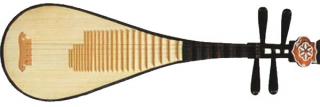 |
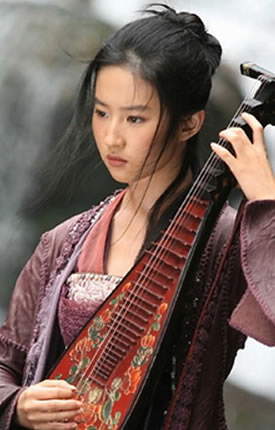 |
|
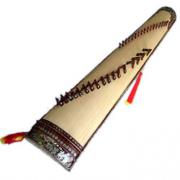 Dàn tranh Dàn tranh
| 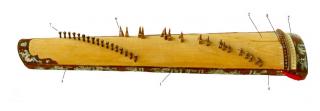 Wooden-bodied and steel-stringed zither. Hornbostel-Sachs classification: 312.22 Country: Vietnam |
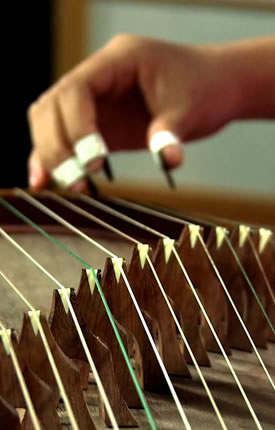 |
|
Denis d'or
| 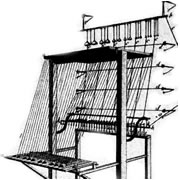 The Denis d'or ("golden Dionysus") is, in the broadest sense, the first electric musical instrument in history.
It was invented and constructed by the Czech theologian Václav Prokop Diviš (1698 - 1765) — his surname is pronounced "Deevish" [ɟɪvɪʃ] and often spelled "Divisch" — at his parish in the Moravian town Přímětice near Znojmo in the south-east of what is now the Czech Republic. He was also a pioneer of research into electricity, being most famous for having invented the lightning rod in Europe, contemporaneously with but independently of Benjamin Franklin. |
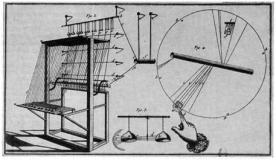 |
|
Dhantal
| 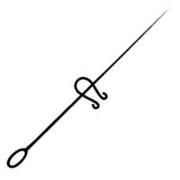 Hornbostel-Sachs classification: 111.211 |
|
|
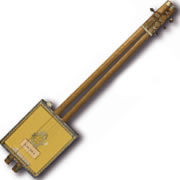 Diddley bow Diddley bow
| 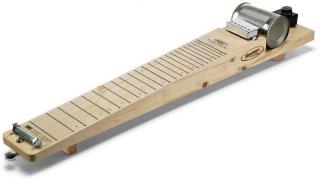 The diddley bow is a single-stringed American instrument which influenced the development of the Blues sound. It consists of a single string of baling wire tensioned between two nails on a board over a glass bottle, which is used both as a bridge and as a means to magnify the instrument's sound.
It was traditionally considered a starter or children's instrument in the Deep South, especially in the African American community and is rarely heard outside the rural South, but it may have been influenced to some degree by West African instruments. Other nicknames for this instrument include "jitterbug" or "one-string", while an ethnomusicologist would formally call it a "monochord zither". |
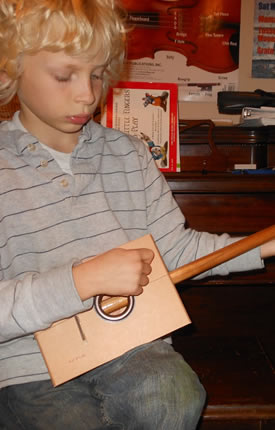 |
|
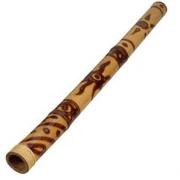 Didgeridoo Didgeridoo
| 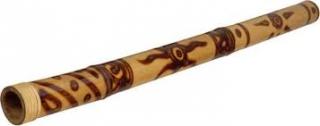 Hornbostel-Sachs classification: 423.121.11 |
|
|
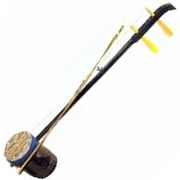 Dihu Dihu
| 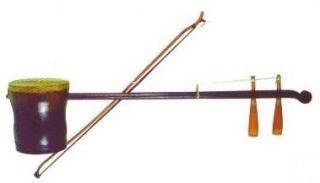 |
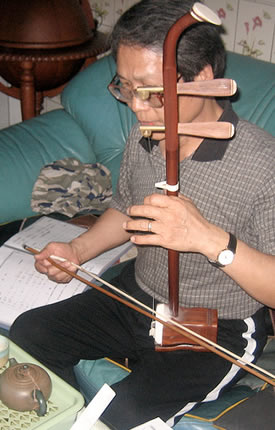 |
|
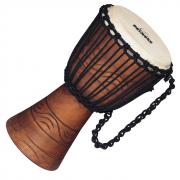 Djembe Djembe
| 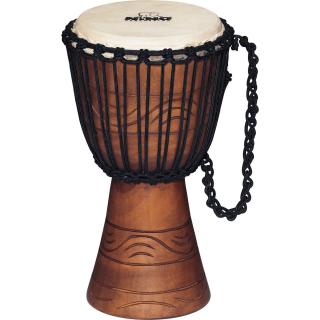 Hornbostel-Sachs classification: 211.261.1 |
|
|
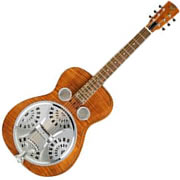 Dobro Dobro
| 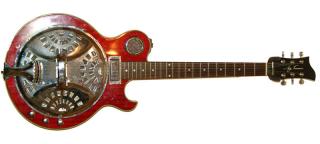 |
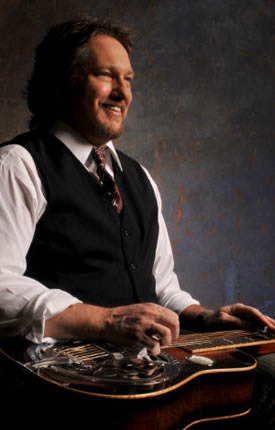 |
|
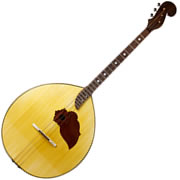 Domra Domra
| 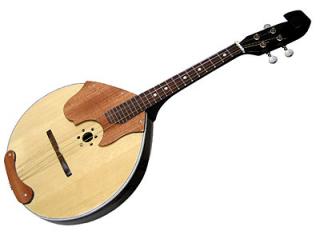 |
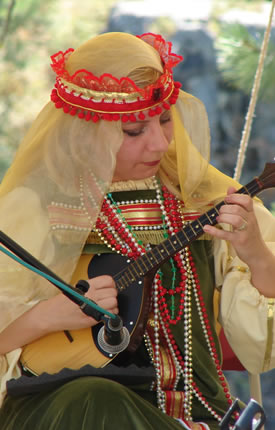 |
|
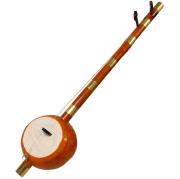 Dotara Dotara
| 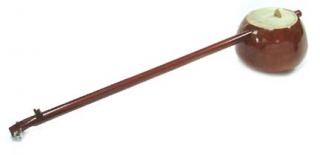 Small stringed instrument, with plucked metal strings, elongated belly as soundboard and narrow neck ending in a pegbox, decorated with carvings of animals and covered with skin Hornbostel-Sachs classification: 321.322 Country: Bangladesh |
|
|
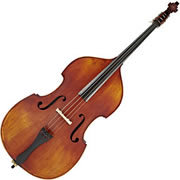 Double bass Double bass
| 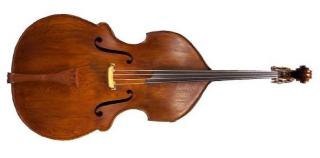 |
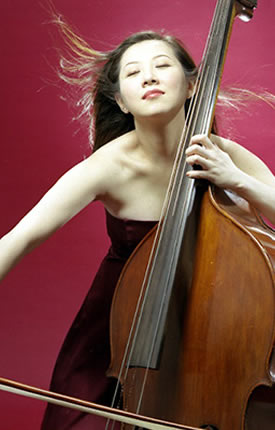 |
|
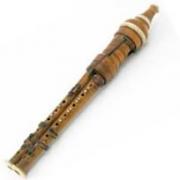 Double flageolet Double flageolet
|  Hornbostel-Sachs classification: 421.222.12 |
|
|
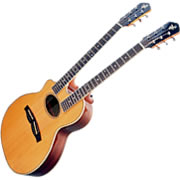 Double-neck guitjo Double-neck guitjo
| 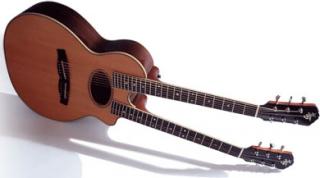 A double-necked guitjo is a guitar-like, fretted, stringed, musical instrument that has two necks attached to a single body, generally with 14-strings, seven strings on each neck. It is strung more like a banjo rather than a traditional guitar. Both necks may be played simultaneously producing a sound that has elements of both guitar and harp.
The double-necked guitjo was developed in the late-twentieth century.[3] Guitjos are made and repaired by luthiers. |
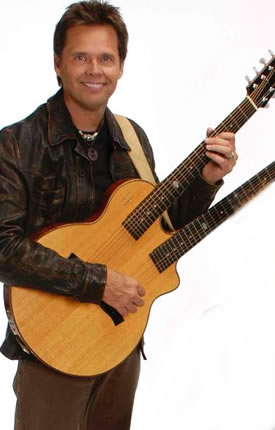 |
|
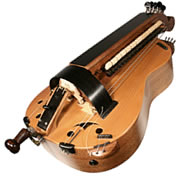 Drejelire Drejelire
| 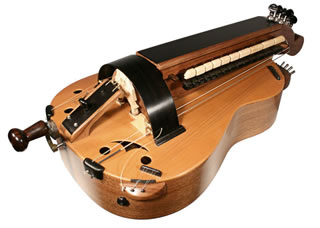 Hurdy-gurdy that uses a rosined wheel to create sound. |
|
|
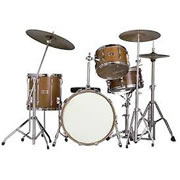 Drum kit Drum kit
| 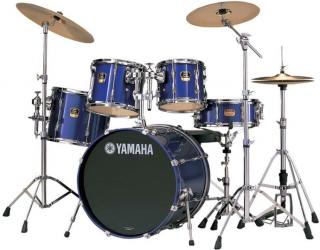 |
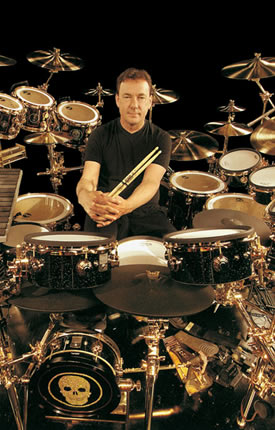 |
|
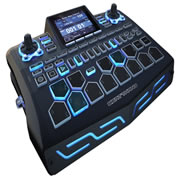 Drum machine Drum machine
| 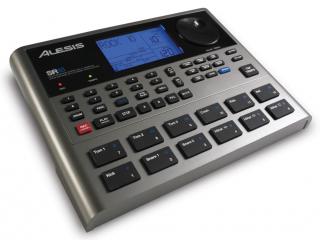 |
 |
|
Drumbone
| 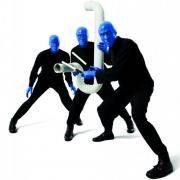 Hornbostel-Sachs classification: 413 |
|
|
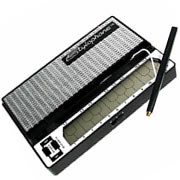 Dubreq stylophone Dubreq stylophone
| 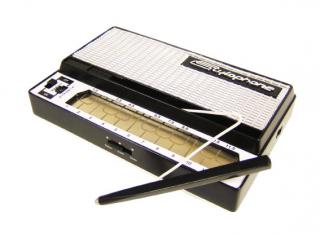 |
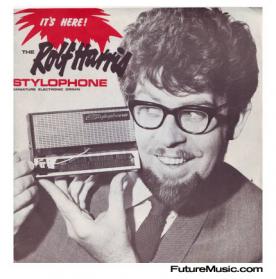 |
|
Duda
| 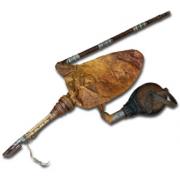 Hornbostel-Sachs classification: 422.211.2 |
|
|
Dudelsack
| 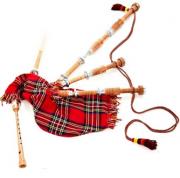 Hornbostel-Sachs classification: 422.112 |
|
|
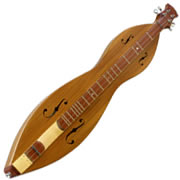 Dulcimer Dulcimer
| 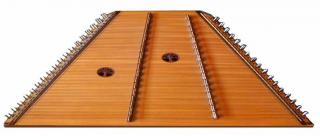 |
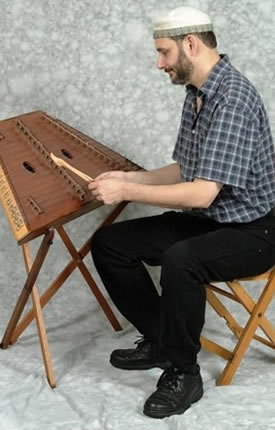 |
|
Dunun
| 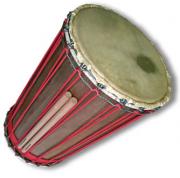 Hornbostel-Sachs classification: 211.212.1 |
|
|
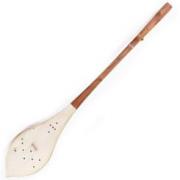 Dutar Dutar
|  Plucked string instrument with two strings and a long neck, strummed or plucked Hornbostel-Sachs classification: 321.322 Country: Turkmenistan |
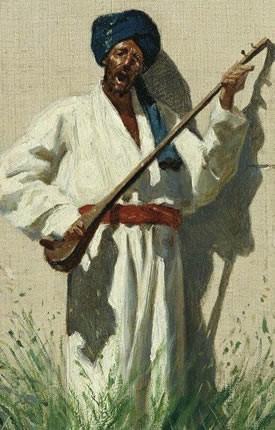 |
|
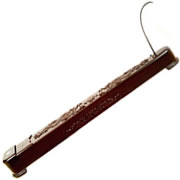 Duxianqin Duxianqin
| 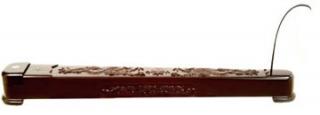 |
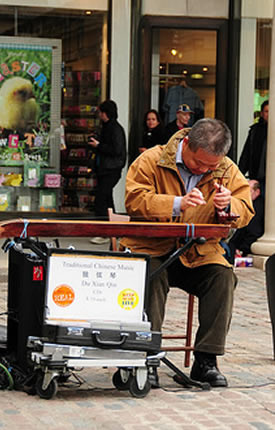 |
|